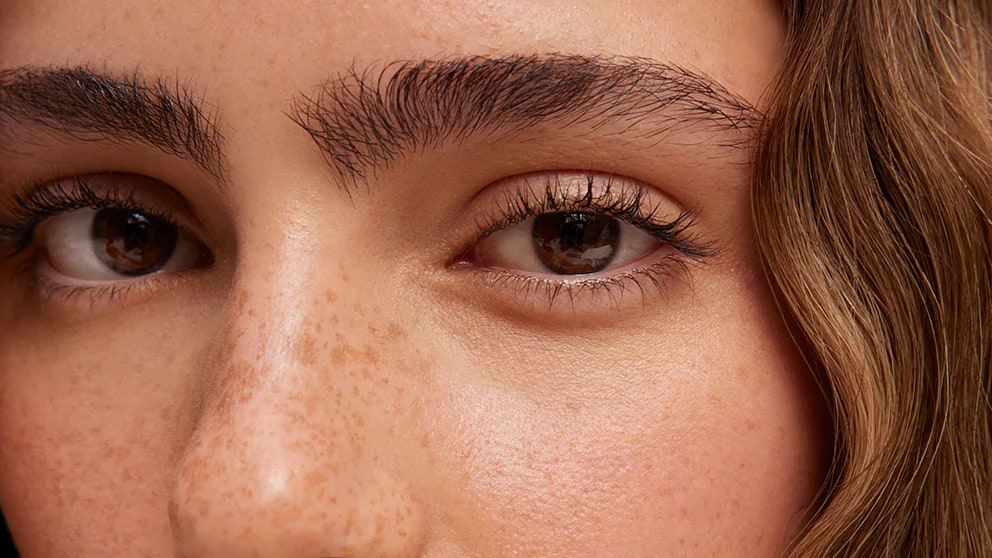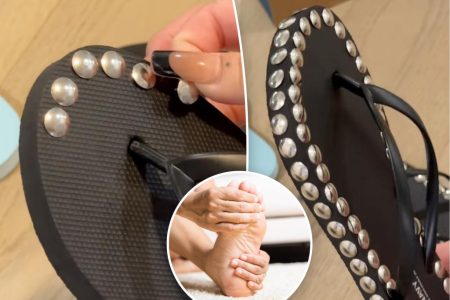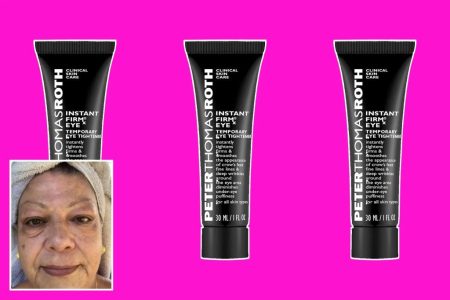Summarize this content to 2000 words in 6 paragraphs But that doesn’t mean mineral sunscreens don’t come with their share of drawbacks. “They can produce a white-gray cast particularly on darker skin tones that can be unappealing and prevent users from applying sunscreen regularly,” Dr. Chilukuri explains. Thankfully, there’s a way around it. “This can be solved by [using] a high-quality mineral sunscreen that has been formulated for and tested on dark skin tones.” Read: all the options on this list.Additionally, the derm recommends that anyone with acne-prone skin should look out for lightweight, non-comedogenic or oil-free formulas “to minimize the risk of clogging pores and exacerbating breakouts.”How to Apply Mineral SunscreenGenerally speaking, it’s best to apply mineral sunscreen as the last step in your morning skin-care routine—prior to leaving the house in the morning.Dr. Nosworthy notes it’s always good to be a little heavy-handed when figuring out how much SPF you should be using. “The American Academy of Dermatology recommends using about one ounce—enough to fill a shot glass—to cover the body,” she says. You’ll also need to ensure it’s rubbed into the skin properly and you may have to give it some time once applied to allow for the dreaded white cast to dissipate. You should also pay special attention to areas like the hairline, ears, and neck to ensure there’s no left over residue.Are mineral sunscreens better?According to Nazarian, the key difference between physical (mineral) and chemical sunscreens is in how they protect against ultraviolet radiation. Mineral sunscreens create a protective barrier that blocks UV light from reaching the skin, while chemical sunscreens absorb UV light and convert it into a form less harmful from skin.Mineral and chemical SPF varies in application, too. Per Nazarian, physical sunscreens tend to be less irritating, whereas chemical sunscreens are often more cosmetically appealing and lightweight. “Neither is ‘better’ than the other—they’re just different,” she stresses. Each year, companies continue to improve the cosmetic elegance of mineral sunscreens, making them smoother, more hydrating, and nearly invisible. Let’s also not forget the innovations in sunscreens from other countries, such as the best Japanese sunscreens and the advancements in K-beauty.Lastly, if you have sensitive skin (think: those with sensitive skin, including babies, children, individuals with rosacea, or those with allergies), mineral sunscreens are often a better choice. The reason being that they don’t contain harsh chemical sunscreen ingredients such as homosalate, octocrylene, octisalate, and avobenzone, which can exacerbate skin issues or cause allergic reactions.Meet the ExpertsDr. Elyse Love is a New York City-based board-certified dermatologist and co-host of the Beauty Curious podcast.Dr. Glenicia Nosworthy is an internal medicine physician, who specializes in aesthetic and integrative medicine.Dr. Suneel Chilukuri is a board-certified dermatologist and the director of cosmetic surgery at Refresh Dermatology in Houston, Texas.Dr. Rachel Nazarian is a board-certified dermatologist at Schweiger Dermatology Group in NYC.















